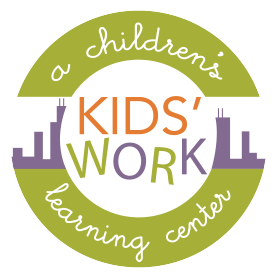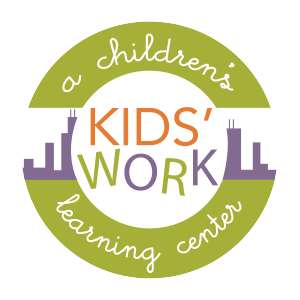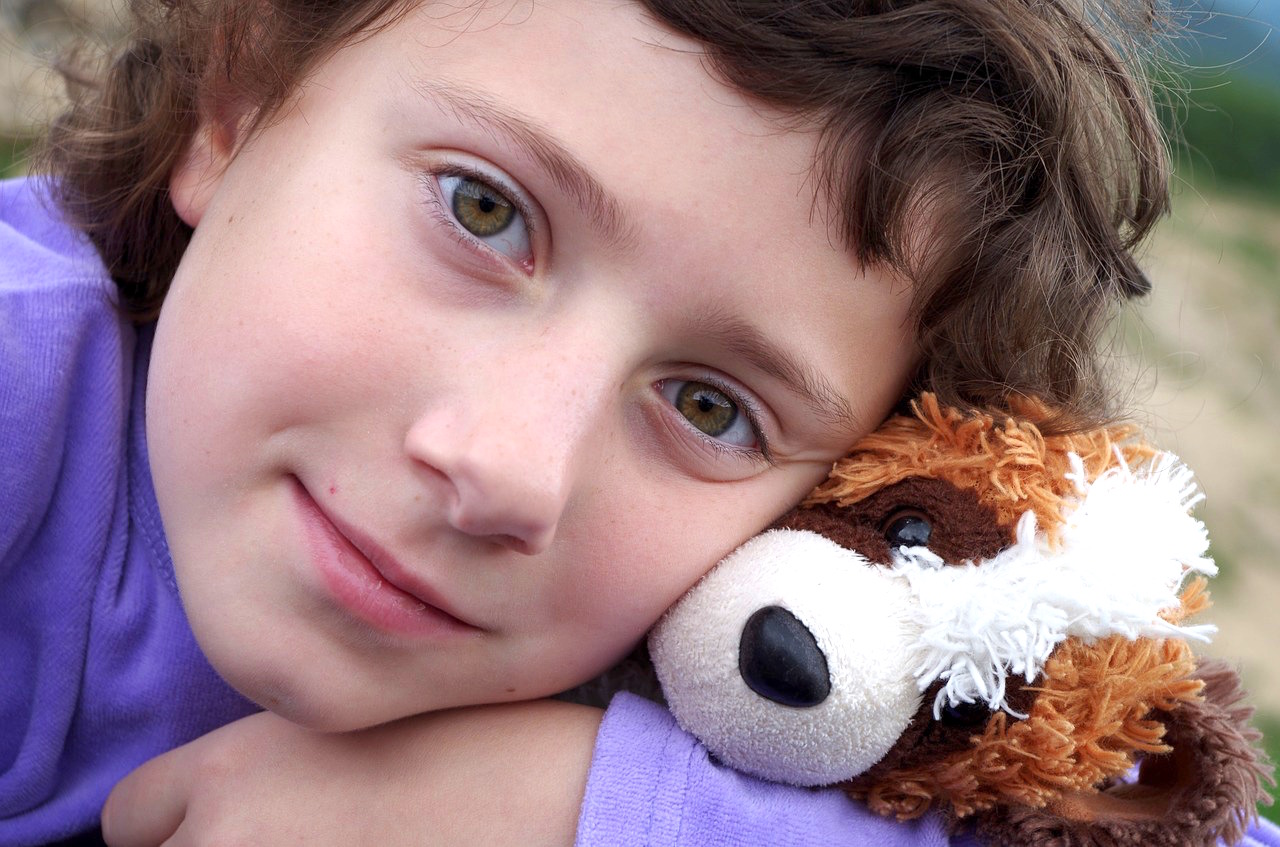 The holiday rush is over, and now your house seems to have a lot more toys and toy-clutter in it! It’s time to get caught up with the toy clutter and get it under control again for the start of the new year.
The holiday rush is over, and now your house seems to have a lot more toys and toy-clutter in it! It’s time to get caught up with the toy clutter and get it under control again for the start of the new year.
How can you get rid of toys your kids don’t play with anymore? How do you approach the idea with 3-5 year olds about giving their old toys away without a lot of fuss and tears?
Here are some tips for getting rid of toys the kids don’t play with anymore:
1. Start by being organized: Storage
The kids’ play space must have the possibility to be neat and orderly, or else the kids will never be able to help you keep it clean and tidy, even if they want to. It is essential that there is a place for everything, and everything is in its place, except for when it is being actively used – and teach your kids that the rule is they can’t move on to a new activity without putting away the other one.
Make your toy storage simple enough that the kids can have everything cleaned up completely in no more than 15 minutes. Label bins or baskets sorted by category (art supplies, dolls, cars, dinosaurs, etc.), with space on the shelf to easily put them away. If you help them keep their things manageable in this way, cleanup between or after activities can be as little as 3-5 minutes.
2. Self-limit the clutter
Get cabinets with closing doors or a shelving unit with mostly baskets/bins, and use it as its own self-limiting container to keep purchases and acquisitions at a limit: all of their toys must fit in this space.
3. Expand their worldview
To understand why they are giving their precious (or not so precious) toys away, they need to understand that other kids may have very different lives than theirs. Young kids are often very caring little human beings, so if they understand their once-beloved toy tiger that they don’t play with anymore can make another kid very happy who may not otherwise get anything special, they’ll often be very willing to share and pass it along. It also helps the separation process when they know their treasure is going to another good home.
4. The “One in, One out” Rule
If they get something new, they’ll have to re-home something else to a friend, family member, or child who can enjoy the item now, to make space for their new toys. If your family does toy gifts for birthdays or Christmas, you can do this routine before the occasion, and remind them that the old toys they don’t play with anymore can make way for new things and can become a gift that will make another child as happy as it used to make them (additionally, see our article on Gift Ideas That Aren’t Toys).
5. Set the boundaries but let them choose
Deciding which items to let go of can still be challenging for them. Ask them questions to help them decide: When did you last actually use or play with this? Why is this item important to you? Instead of this old toy just sitting here in the bin unused, do you think another kid another kid could be enjoying it? Give them choices between this item or that item to go in the donate box. This way, you set the limits but they are empowered to make their own choices within those boundaries, along with the satisfaction of knowing where those toys will be going and why.


